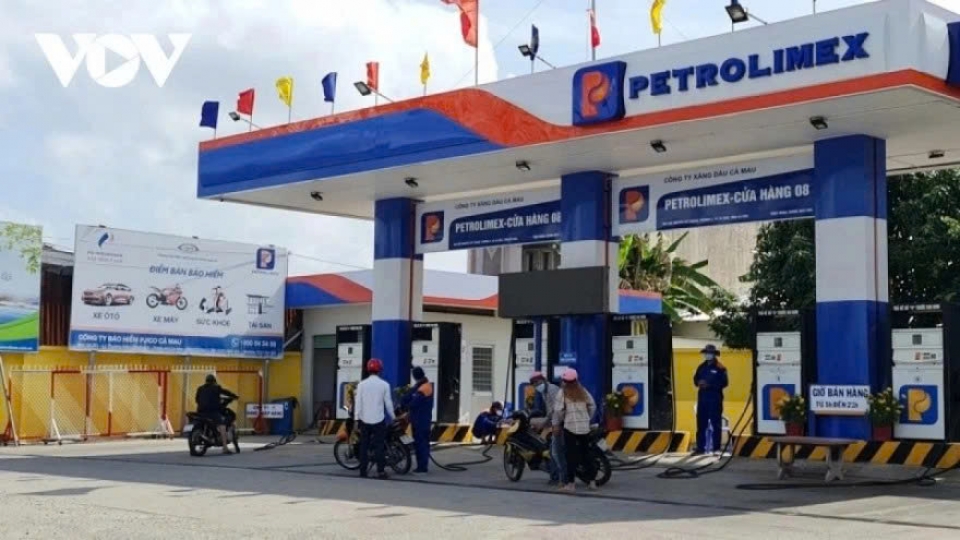Tag: Export
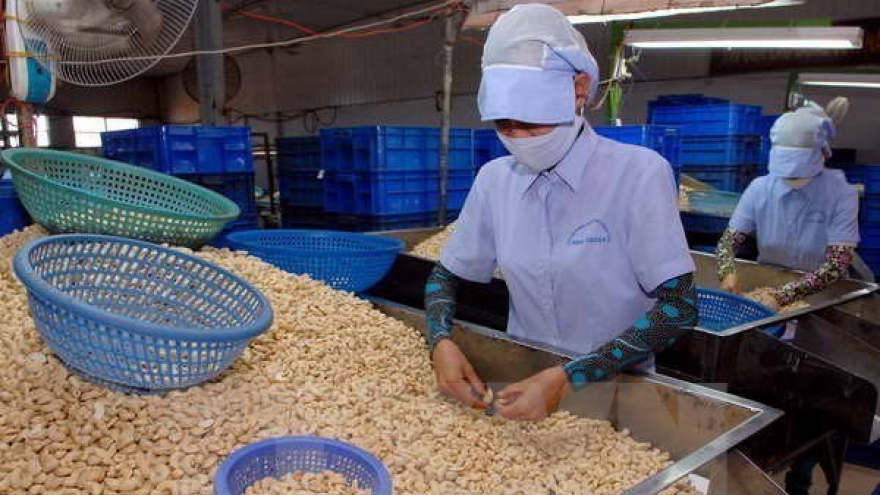
More progress seen in handling suspected cashew nut scam in Italy
A new positive development has been seen in the suspected scam involving 100 containers of Vietnamese cashew nuts exported to Italy, with eight containers already re-exported to the Netherlands by March 22, according to the Vietnam Trade Office in Italy.
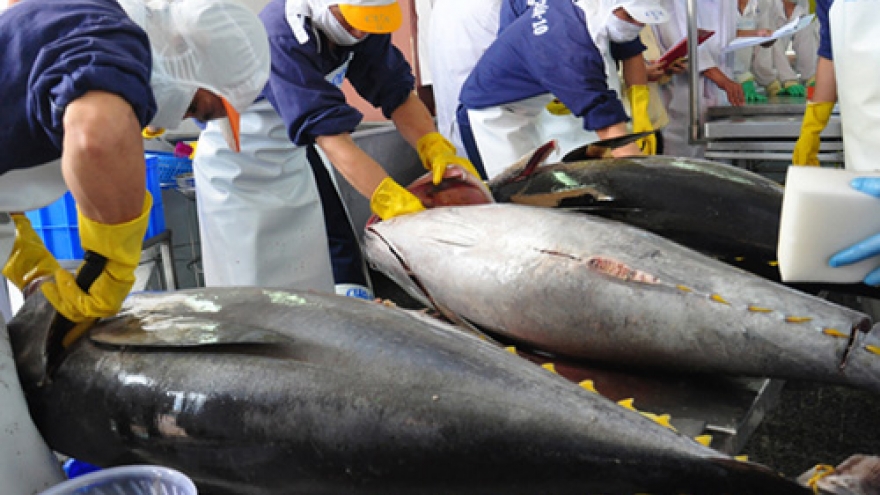
Tuna exports skyrocket thanks to effective FTA enforcement
VOV.VN - Local tuna exports reported a spike during the initial months of the year due to tuna exporters taking full advantage of opportunities from new trade agreements such as the EU-Vietnam Free Trade Agreement and the Comprehensive and Progressive Agreement for Trans-Pacific Partnership.
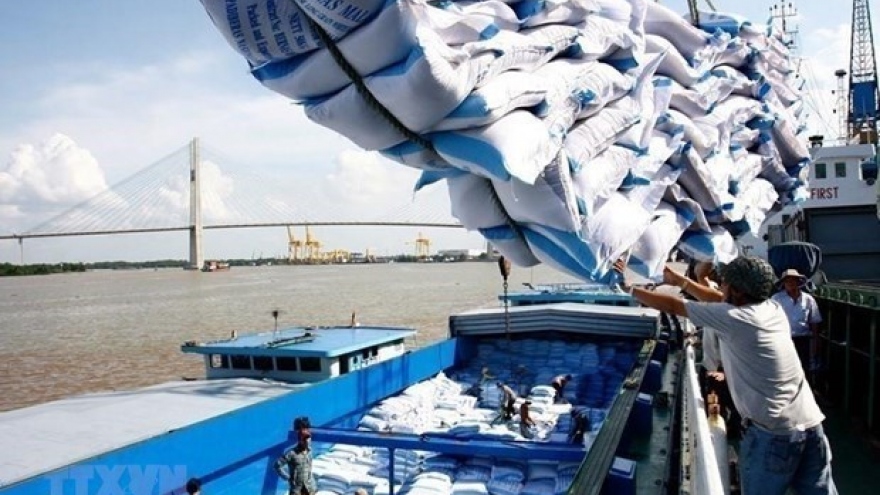
Vietnam wants to be Sierra Leone’s long-term rice supplier: minister
Vietnam always wishes to be a long-term and stable rice supplier for Sierra Leone as its domestic production has not yet met the demand, Minister of Industry and Trade Nguyen Hong Dien said at a recent meeting with Sierra Leone’s counterpart Edward Hinga Sandy.
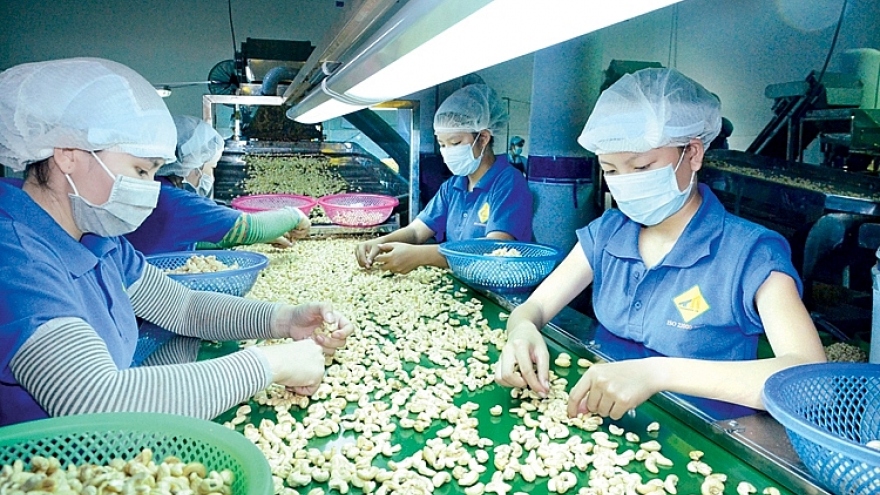
Bitter lessons for Vietnamese firms in suspected cashew nut export scam
VOV.VN - A recent suspected scam involving local businesses exporting cashew nuts to Italy has raised alarm bells for exporters amid increasing transnational trade fraud.
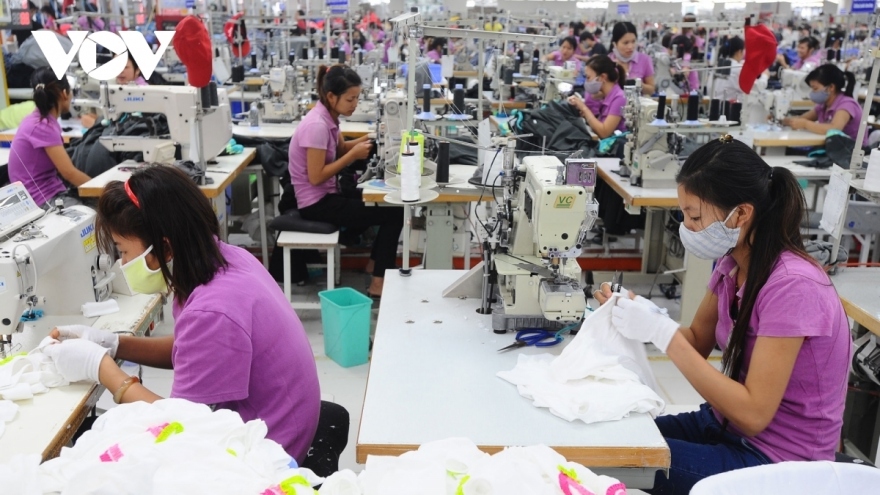
Exports to Canada soar during two-month period
VOV.VN - Vietnamese exports to Canada during the initial two months of the year surged by 31.4% to reach US$871.8 million on-year, according to details given by the Ministry of Industry and Trade.
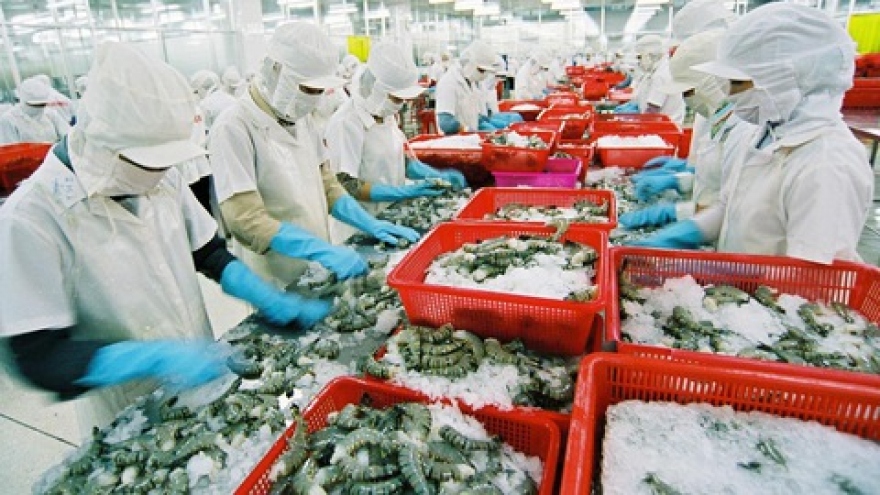
Positive outlook ahead for local seafood exports to UK
VOV.VN - Vietnamese seafood exports to the UK market are forecast to maintain their double-digit growth over the coming months due to rising demand, according to details given by the Vietnam Association of Seafood Exporters and Producers (VASEP).

EU among Vietnam’s most important partners: official
Vietnam always considers the EU one of its most important partners, with the comprehensive partnership and cooperation, particularly between their parliaments, obtaining many achievements for the sake of their people and for peace, collaboration and development in the two continents and the world.

Vietnam - development model for regional countries: Thai top legislator
President of the National Assembly of Thailand Chuan Leekpai has described Vietnam as a development model for regional countries.

Ample room remains for Vietnam’s exports to Middle East
The Middle East market still has a large room for Vietnamese businesses to boost exports, experts said at the seminar on "Golden opportunity for Vietnamese exports to Middle Eastern countries after the COVID-19 pandemic" on March 17.
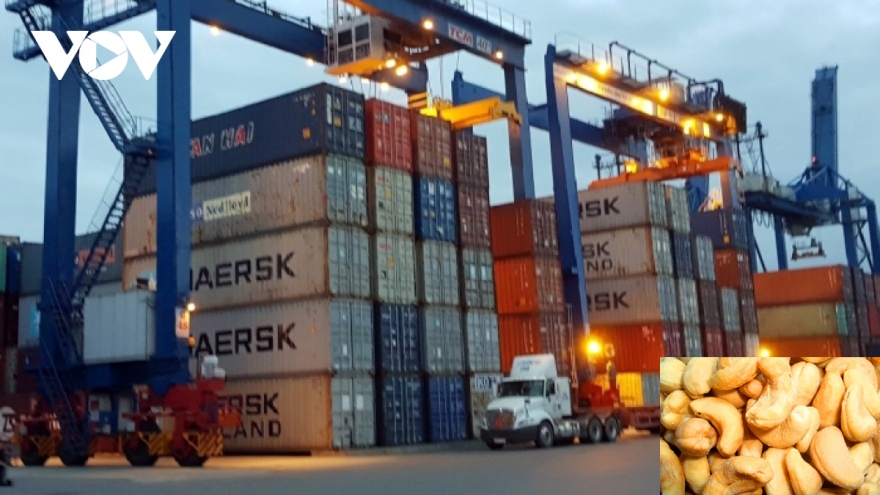
Vietnam requests Italy to investigate suspected cashew nut export scam
VOV.VN - Competent authorities of Vietnam have sent a diplomatic note to relevant ministries and agencies of Italy, requesting a quick investigation into a suspected scam involving 100 containers of Vietnamese cashew nuts exported to Italy.


.jpg)




